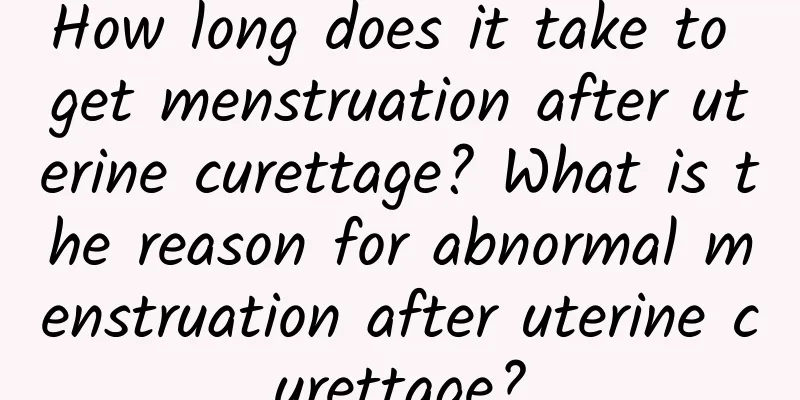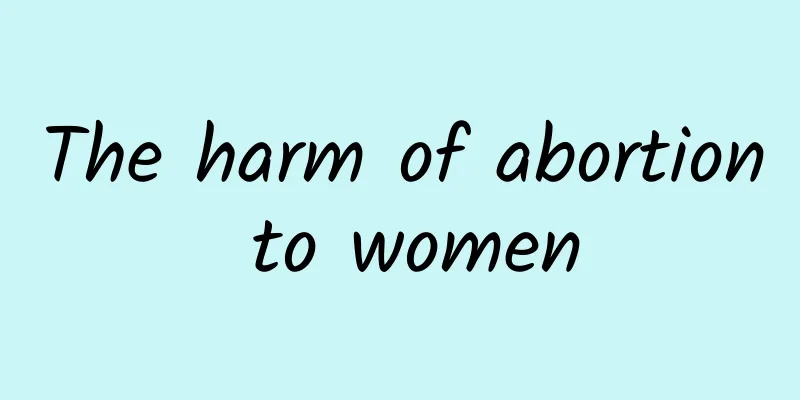Young people are wild and afraid of being fat! The secret to losing weight, doctors analyze it this way...

|
Most modern teenagers have no worries about food and clothing, so the problem of obesity is becoming more and more important; when the prevalence of obesity is higher, naturally there will be more complications of obesity. (Situational picture/provided) Definition: Body Mass Index (BMI) is used clinically to assess overweight and obesity in adolescents. The BMI algorithm is weight (kg) divided by the square of height (m). However, BMI cannot directly measure body fat, so for teenagers with more muscles (such as athletes), we will overestimate their obesity; for teenagers with less muscles (such as children who don’t like sports), we will underestimate their obesity. BMI should be measured at least annually in adolescents and should be plotted on appropriate growth curves to determine BMI percentiles and trends. Strategies to improve obesity vary according to the weight category of adolescents. Body Mass Index (BMI) = Weight (kg) / Height2 (m2) The following are weight categories for children and adolescents aged two to twenty years:
Severe obesity: BMI ≧120% of the 95th percentile of BMI or BMI ≧35 Evaluation: A complete evaluation will identify treatable causes and comorbidities. A good evaluation includes a complete medical history and physical examination, with blood draws and imaging studies as needed. Medical history: This should include the age at which excess weight began and the adolescent's eating and exercise habits. Eating habits
(Situational picture/provided) Exercise habits
Family history The complications of obesity are closely related to family heredity. If one of the parents is obese, we can predict that their children will also be prone to obesity problems when they grow up. Psychological assessment: The psychological assessment should include the following:
Monitoring and Disposal Growth BMI trends: If the BMI percentile is initially below 85 but increases at a rate of more than 3-4 units (kg/m2) per year, the adolescent is at risk for overweight and obesity, so it is necessary to discuss weight gain with parents and provide parents with some tips to help adolescents maintain a healthy weight. Ways to maintain a healthy weight (Photo provided by Far Eastern Hospital)
|
<<: Do sit-ups to lose belly fat? Exercise your abdominal muscles with this one trick
Recommend
Can I eat red dates if I have abnormal leucorrhea?
You can eat red dates in moderation if you have a...
What causes cervical hypertrophy?
What is the cause of cervical hypertrophy? Expert...
Knowing the cause of pelvic inflammatory disease can effectively prevent the disease
Pelvic inflammatory disease is a very harmful dis...
How long can a woman live after being cured of Bartholinitis?
Gynecological experts said that many female frien...
What is the best thing to eat on the first day after an abortion?
Abortion is a common gynecological surgery. A rea...
What is the difference between cervicitis and pelvic inflammatory disease
Cervicitis and pelvic inflammatory disease are tw...
Women should be alert to the early symptoms of ectopic pregnancy
Many women will not notice the early stage of ect...
Pay attention to the precautions after painless abortion
Nowadays, many female friends have experienced un...
Common symptoms of moderate cervical erosion
Cervical erosion is a common gynecological diseas...
What medicine is good for women with irregular menstruation? Six Chinese medicines are effective in treating irregular menstruation
Irregular menstruation is a gynecological disease...
Is it normal to have a little stomach pain but no bleeding during painless abortion?
Is it normal to have a little stomach pain but no...
How to eat Mid-Autumn Festival delicacies? Four principles to get rid of the burden
The Mid-Autumn Festival is approaching, and moonc...
What are the manifestations of ovarian cysts?
Although ovarian cysts are also a type of gynecol...
Brown fat helps lose weight: Intestinal bacteria are key
Fat doesn't just accumulate in the body and c...
Xiao Shushen lost 20 kg in March, experts say: Be careful about gaining weight again
Female artist Hsiao Shu-shen, who was recently im...









